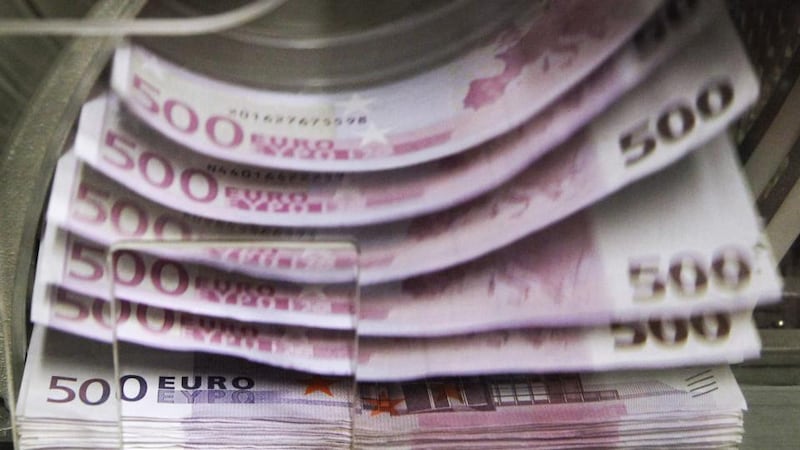Greece may be dominating headlines with its ongoing negotiations on debt repayments to the International Monetary Fund (IMF), but Ireland's own debt problem, while shrinking, is still significant.
Figures from Bloomberg and based on GDP growth forecasts for 2015, put Ireland in seventh position in the world in terms of the debt to GDP ratio, a measure of a country’s debt compared to its economic output.
Japan is the world’s most indebted country, with total outstanding debt of $8.9 trillion, and a GDP ratio of 211 per cent.

Unsurprisingly, Greece is in second place in the world, with outstanding debt of €358 billion and a debt-to-GDP ratio of 172.9 per cent, followed by Lebanon (154.9 per cent) in third.
Ireland’s debt to GDP ratio is the fifth highest in the EU, behind Italy (138.9 per cent), Portugal (132.9 per cent) and the UK (113.5 per cent), but ahead of Belgium (110 per cent).
Debt per person
When looked at per person though, Ireland is the second worst in the world. According to figures for 2014, with debt of $60,356 (€53,863 )per person, Ireland is second only to Japan ($99,725) in a list of 58 countries.
This means that Irish people carry the second largest debt burden per capita in the world, second only to Japan, and ahead of countries such as the US ($58,604) in third place; the UK in 9th ($38,938) and in 12th place, Greece ($38,444).
There is good news however. On an estimated basis, from 2013-2018, Bloomberg figures show that Ireland’s debt-to-GDP ratio will fall by 13.5 percentage points, second only to Greece (-33.1 percentage points).











